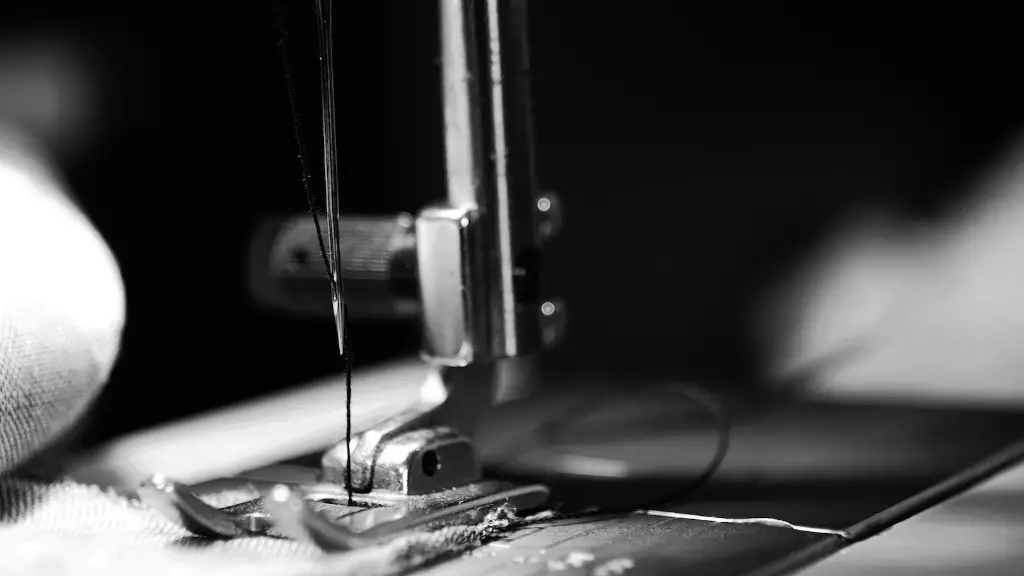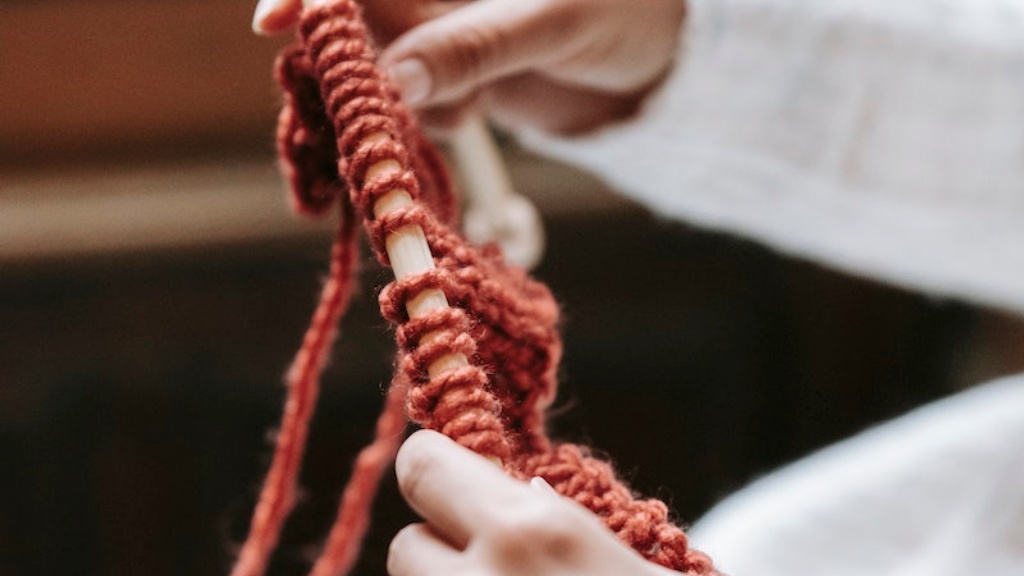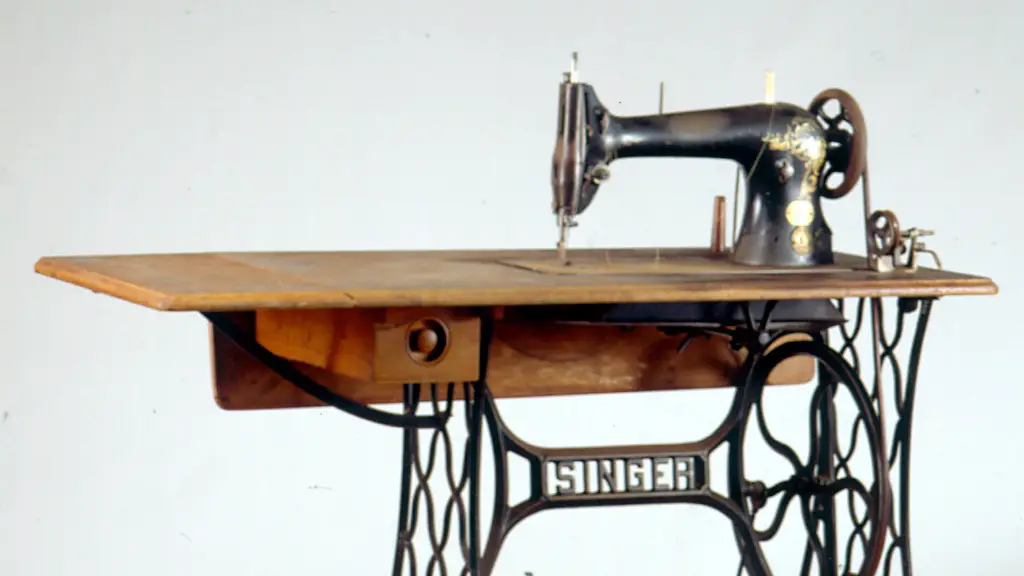How to Make Curtains with a Sewing Machine:
Making curtains can be a fun and rewarding experience, whether you’re giving your home a new look or making curtains for someone else. With a few materials and a sewing machine, you can sew curtains that are unique, stylish, and look professionally done. Here is a step-by-step guide on how to make curtains with a sewing machine.
Getting Started: Preparing the Materials
Before you start sewing, you will need to gather a few materials. You will need a suitable fabric; the amount of fabric you need will depend on the size of the window, but it is a good idea to buy an extra amount just in case. You will also need lining material, a curtain rod, and a sewing machine. It is best to use a heavier material for the lining, as it will give the final product more stability and shape. Once you have all the necessary materials, you can start measuring the fabric and lining.
Measuring and Cutting the Fabric
To begin, measure the fabric and lining from the top of the window to the floor. Take note of any obstructions that might affect the length, such as moldings or window sills. Also measure the width of the window, taking into account the amount you need for the curtain rod. After you have measured both the fabric and the lining, you can then begin to cut them. Make sure to cut the fabric slightly longer than the measured length, to account for the seam allowances.
Creating a Hem
Once you have cut the fabric and lining, you can begin creating the hem. This will be used to secure the fabric and lining together and give the bottom of the curtain a neat, finished look. To create the hem, start by folding the lower edge of the fabric and lining over twice and pin it in place. Next, you can use the sewing machine to stitch the hem in place. Use a longer stitch length on the machine and make sure to backstitch at the beginning and end of the hem to secure the stitches.
Attaching Fabric and Lining
Once the hem is sewn in place, you can begin attaching the fabric and lining together. To do this, place the fabric and lining Wrong sides together, meaning the outside sides should be facing inwards. You will then need to pin the sides together, making sure to leave a seam allowance of at least an inch. Once you have pinned the fabric and lining together, you can begin stitching them together. Start at the top of the curtain and use a standard stitch length for this part of the process.
Creating the Header
The next step is to create the header of the curtains. This is the section at the top of the curtains where the curtain rod will be placed. To create the header, start by folding the top edge of the fabric over twice and pinning it in place. Make sure to leave enough space for the curtain rod. Once the header is pinned in place, you can sew it in place, using a longer stitch length. Once you have finished sewing, you can then insert the curtain rod through the header and secure it in place.
Adding Finishing Touches
The final step is to add finishing touches to your curtains. This includes making sure all the seams are secure, trimming loose threads, and adding additional decorations such as buttons or tassels. This will give the curtains a unique, professional look and it is a great way to add your personal style to the curtains. Once you have added the finishing touches, your curtains are ready to be hung in the window.
Steps for Installing the Curtains
Once your curtains are finished, it is time to install them. To do this, first measure and mark where you want the curtain rod to be placed on the wall. Once you have marked the spot, secure the curtain rod in place. You can then slide the curtains onto the rod. Finally, secure the curtains in place with curtain hooks or clips.
FAQs about Sewing Curtains
Here are some frequently asked questions about sewing curtains:
- What type of fabric is best for curtains? – A heavier fabric, like cotton or linen, is best for curtains.
- What type of thread should I use? – Polyester or nylon thread is best for curtains.
- Do I need to use a lining? – Yes, a lining will give your curtains a more professional look.
Types of Fabric to Use
When it comes to choosing the fabric for your curtains, you have many options. Cotton and linen are both suitable for curtains and are often considered sturdy, yet breathable options. As for synthetic fabrics, polyester is a great option, as it is lightweight and easy to care for. Also, velvet is a popular choice for curtains, as it drapes nicely and adds warmth and elegance to any room. Whichever fabric you choose for your curtains, make sure it is high quality and durable.
Tools and Accessories
In addition to fabric and a sewing machine, there are a few other tools and accessories that you need to make curtains. These include a measuring tape, pins, straight pins, scissors, thread, and an iron. Most of these items can be found at any local fabric or craft store. A seam ripper is also a good tool to have on hand, in case you need to make any adjustments to the curtains.
Safety Tips
When working with a sewing machine, it is important to take the necessary precautions to avoid injury. Always read the manufacturer’s instructions before starting and follow them carefully. Wear safety glasses to protect your eyes from flying threads and needle pricks, and make sure to keep your fingers away from the needle. Lastly, make sure that your machines is in a secure spot, away from dangling fabrics and other obstructions.
Different Styles of Curtains
Making curtains is a great way to express your creative side. You can make curtains in various styles, such as roman, pinch pleat, and grommet, as well as other unique styles. Once you have mastered the basics of curtain making, you can begin to experiment with different fabrics, colors, and patterns to create curtains that are one of a kind.
Resources and Tutorials
If you are looking for more information about making curtains, there are many resources available online. You can find tutorials and videos for different techniques, as well as tips on selecting the right fabrics and tools. Additionally, there are many online communities where you can find answers to your questions and speak with other curtain makers.



